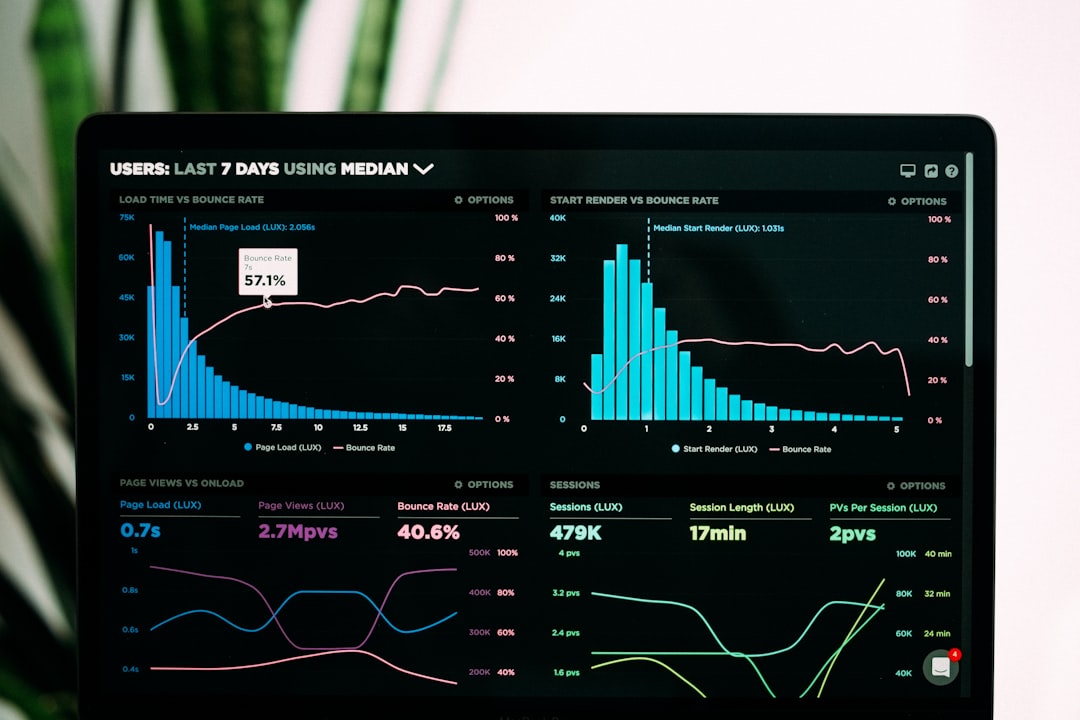In the fast-paced world of software development, where updates, bug fixes, feature improvements, and new releases occur frequently, many companies overlook one powerful marketing and user engagement tool sitting right under their noses: the product changelog. Traditionally seen as a dry technical document for developers or power users, the changelog has evolved into a strategic communication tool. If used properly, it can serve as a growth channel, helping businesses improve user retention, boost product adoption, and drive long-term customer engagement.
What Is a Product Changelog?
A product changelog is a chronological list of the updates made to a product—primarily software. It usually contains information about new features, improvements, deprecations, bug fixes, and other notable changes. Changelogs are commonly included within documentation, websites, or directly in-product for users to view what’s new or improved.
Once considered technical by nature, changelogs are now often presented in more polished and friendly formats. They’re adapted for non-technical users, marketers, and decision-makers who care about how the product is evolving to meet their needs. This evolution presents a unique opportunity: turning the changelog into a growth driver rather than a maintenance artifact.
Why Changelogs Matter More Than Ever
Today’s users expect continuous product improvement. More than that, they want to be kept in the loop about what’s new, what’s fixed, and how those updates affect them. A transparent, well-maintained changelog signals active development and responsiveness to user needs—qualities that build trust and foster user loyalty.
Here are a few reasons why modern changelogs are assuming a more important role:
- User Transparency: Users appreciate visibility into what is being worked on and fixed. Changelogs communicate this actively and succinctly.
- Product Momentum: Frequent updates reflect a growing and continuously improving product, which is crucial for startups and scale-ups seeking investor or customer confidence.
- Marketing Opportunity: Each new feature or bug fix is a chance to re-engage users, highlight value, and attract new customers.
Reframing the Changelog as a Growth Channel
A growth channel typically refers to the mediums or mechanisms that contribute to acquiring and retaining users. Often, this includes paid ads, SEO, referrals, social media, and email marketing. So how exactly does a product changelog fit into this category?
Let’s explore the mechanisms through which an effective changelog contributes to growth:
1. Re-engagement with Existing Users
Many companies invest heavily in acquiring users but fail to sustain engagement over time. With every update shipped to production, there’s a chance to communicate with users directly via the changelog. By weaving updates into in-app notifications, email newsletters, and even social posts, your changelog becomes a method to say:
“We’re listening. We’re improving. Come back and try this new feature.”
2. Boosting Feature Discovery and Adoption
Users often remain unaware of helpful features, even if they’ve technically been launched. A detailed changelog entry, especially if accompanied by screenshots, short videos, or tooltips, drives discovery. The result? Higher adoption without changing the product interface.

3. Enhancing SEO and Organic Visibility
Every changelog entry is an opportunity to create detailed, keyword-rich content. When optimized on your website, these entries can be indexed by search engines, offering long-tail search value. For example: a user might Google “how to export data from XYZ Tool”—and land directly on your changelog update that explains exactly that. This creates both visibility and authority in your space.
4. Driving Customer Success and Onboarding
Customer success teams can strategically use changelog updates in client interactions, especially with new or trial users. It shows a commitment to delivering value and solving challenges that users encounter during onboarding. When updates align with known pain points, changelogs serve as talking points with measurable impact.
Best Practices for an Effective Growth-Oriented Changelog
To turn a typical changelog into a growth engine, some best practices must be followed with consistency and creativity. Here’s how you can craft changelogs that don’t just inform—but convert and retain:
- Write in Simple, Jargon-Free Language: Speak to both technical and non-technical stakeholders. Make updates accessible for all users.
- Include Visuals: Images, GIFs, and short clips improve comprehension and user interaction.
- Use Call-to-Actions (CTAs): Every entry should include a clear action, such as “Try it now,” “Learn more,” or “Check out in your dashboard.”
- Segment and Personalize: Tailor changelog delivery based on user roles, plan tiers, or previous behavior. Personalized updates are much more likely to drive action.
- Encourage Feedback: Include links or buttons for users to share their thoughts on each update, thus closing the feedback loop.

The Role of Automation Tools and Platforms
It’s not enough to maintain a Google Doc or a basic updates page. Modern changelog platforms like Headway, Beamer, or LaunchNotes allow for polished, categorized, and targeted changelogs with rich media support, analytics, and subscription options.
Features of these platforms include:
- Email and in-app notification distribution
- User segmentation for updates
- Analytics on engagement with entries
- Feedback and reaction collection
These capabilities transform a static document into a living marketing and growth tool—allowing you to use changelogs proactively, not passively.
Case Studies in Changelog-Driven Growth
1. Notion: Their updates page acts as a highly-structured changelog that’s actively shared via social platforms. Each update is designed for clarity and simplicity, driving thousands of views and responses from their user base.
2. Linear: This productivity tool leverages a sleek weekly changelog with real product visuals and clear CTAs. Known for transparency, their changelog has become a product culture asset that fans look forward to reading.
3. Slack: Slack’s changelog informs enterprise and team buyers alike. Updates including integrations, security, and scalability help validate their roadmap alignment with customer needs—which influences expansion decisions.
Integrating the Changelog into Multichannel Strategy
A changelog should not live in isolation. It should integrate into your broader growth and marketing strategy in the following ways:
- Newsletter Highlights: Include key updates from the changelog in monthly or weekly email digests.
- Social Media Teasers: Share engaging update highlights with links back to full changelog entries.
- Blog Posts and Use Cases: Combine changelog entries into narrative blog posts to show how updates solve real-world problems.
- In-Product Prompts: Use tooltips or modals to gently nudge users when relevant updates go live.
Conclusion: From Footnote to Front-and-Center
In an environment where product-led growth dominates market strategies, your product changelog is no longer a back-office technical document—it’s a front-office growth channel. By treating it as a serious communication and marketing asset, companies can deepen trust, spark engagement, and ultimately, increase growth organically.
Whether you’re a startup launching weekly features or an enterprise platform with monthly rollouts, leveraging changelogs effectively means turning small updates into big opportunities.